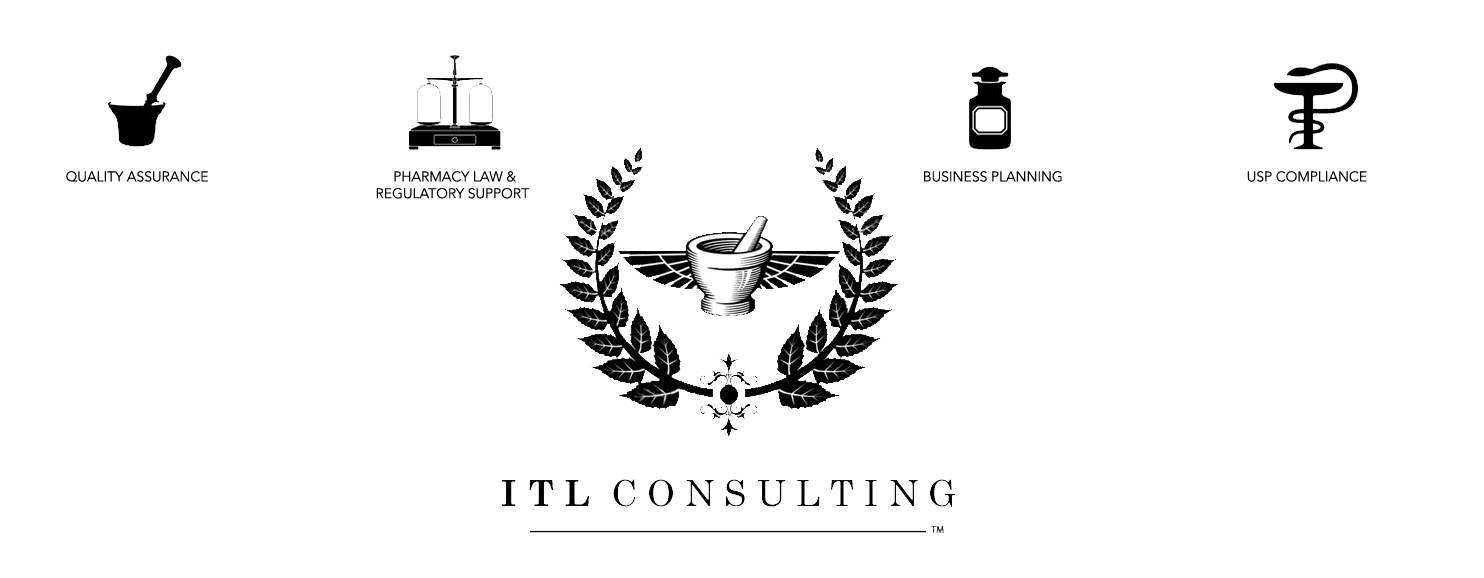For the average pharmacy, optimizing and assessing processes occurs when conditions dictate it. Major escalations transpire and signs of ineptitude force the pharmacy owner to shuffle the deck and re-evaluate methods. More often than not, critical assessment is completed by one individual who may not even be responsible for the newly adapted procedures. This presents a vast problem for pharmacy owners who are expecting to implement process improvements and have not thoroughly evaluated the necessary tools to successfully promote these changes. This post will discuss a simple process pharmacy owners can use to implement change without costing themselves valuable financial resources.
When trying to make drastic improvements to your pharmacy it is not often feasible to invest large financial resources to increase the staff. In fact, this option could be a detriment to your team’s advancement and may cover up flaws in your company’s growth towards being truly efficient. True pharmacy leaders learn how to create more with less, creating an evolving environment poised for adaptation and efficiency. Developing a focus on critical areas where the greatest impact and improvements can be made and re-allocating your resources to emphasize those improvements is key.
For example, a pharmacy owner, David, receives a complaint about one of his team member’s customer service. A customer states that the pharmacy clerk, Jennifer, “seemed preoccupied and rude” when she came to pick up one of her compounded prescription medications. David knows that Jennifer is a hard working team member who constantly tries her best in customer service, so he approached Jennifer to see what happened with this patient. After a brief conversation, he found out that Jennifer was overwhelmed; she was responsible for answering the phones, helping patients at the register, filing all the prescriptions, and a few other tasks that David did not even realize.
David had considerable pride in his store’s customer service and held a team meeting the next day to address the issue. He decided that alleviating the stress on Jennifer so she could provide optimal customer service was a critical area of focus for his store. Following the discussion, the rest of the team was on board. The plan was to re-allocate some of their resources from the compounding lab to assist Jennifer at certain times of the day when the front end workload was the highest.
After developing a new project for your pharmacy, one of the most critical measures to make this new process into a success is creating a managing group to help with its execution. Managing groups can be comprised of a key pharmacist, technician, or any team member who is critical to the new process. Depending on the size of your pharmacy, it may start with one individual or it may be a large group. The individuals in these groups should have some distinctive character traits that will not only help you develop the project, but that will help deter the possible naysayers from stopping potentially great plans from advancement.
In our example of re-allocating resources to help Jennifer, it is extremely important to get the right managing group on board. In this case, it was the lead technician in the compounding lab, Stacy, who David relied on to help assist Jennifer with the front end work. David held a meeting with Stacy, Jennifer, and a compounding pharmacist, Sarah, uniting them as the project’s managing group. Each individual in this meeting had a pivotal role in the new process. Jennifer could provide feedback and ensure the process improved her ability to help patients. Stacy was essential because she would assign technicians the time to assist Jennifer with front end work, but she also served a dual purpose. Stacy was a highly respected technician who had a strong rapport with the other technicians on the team, and David knew that made her a perfect fit for the managing group. With Stacy involved, the technicians were unlikely to complain to each other about having to break their routine to help Jennifer because they knew how hard Stacy worked on a daily basis. Having a team member like Stacy involved kept the potential naysayers quiet and allowed the plans to proceed. Finally, Sarah was established as the authority figure who would be responsible for the project’s outcome and would report shortcomings to the owner when necessary.
Each managing group should be unique based on the new process to implement, but the essential elements should always be present. Even if the managing group is one or two people, those individuals should at the very least: share the same vision, have open communication with the team, have the respect of their colleagues so they can delegate tasks and deter the naysayers, and have a responsible party who will report to the owner frequently on the project’s progress.
Developing a clear vision for change, getting your team on board, and creating the right managing group to execute the implementation of a new process are only a small part of creating change in your pharmacy. There are countless other elements to consider depending on the scope of the change that needs to take place. In this post, the concepts are extremely simplified, but the intention is to begin the discussion of how you institute change in your pharmacy.
